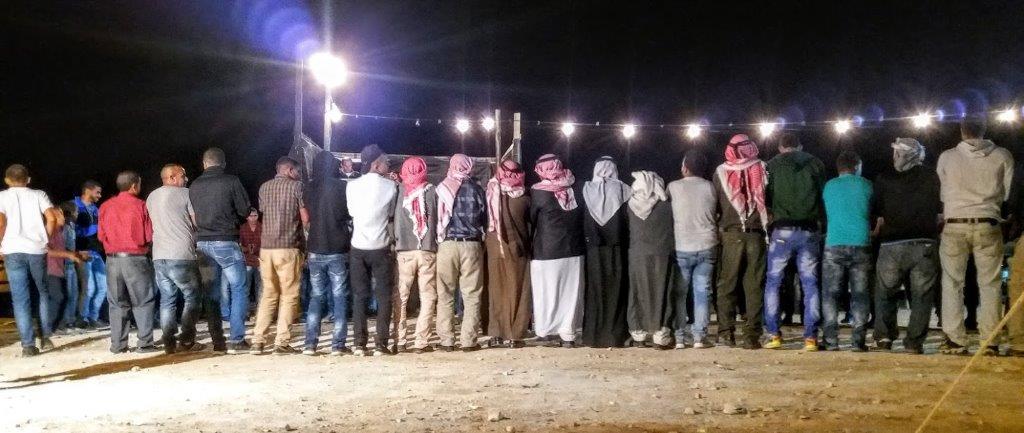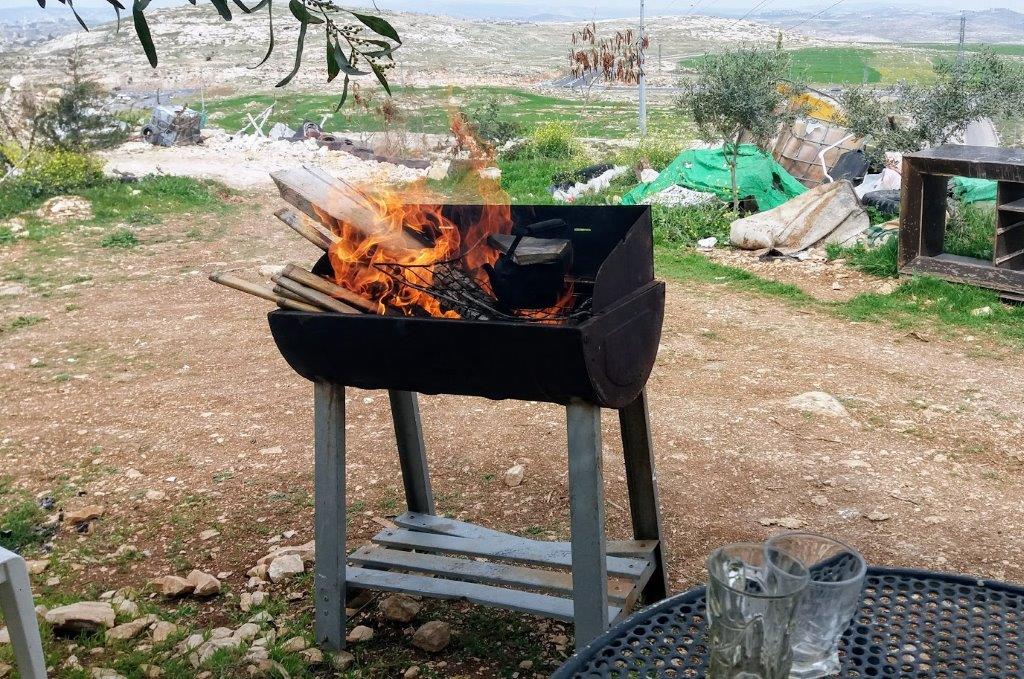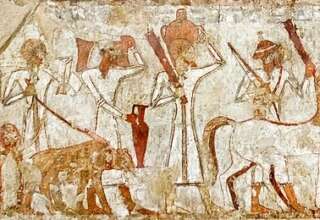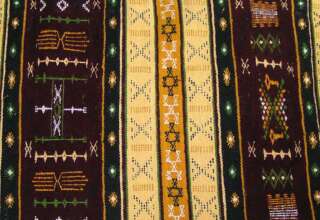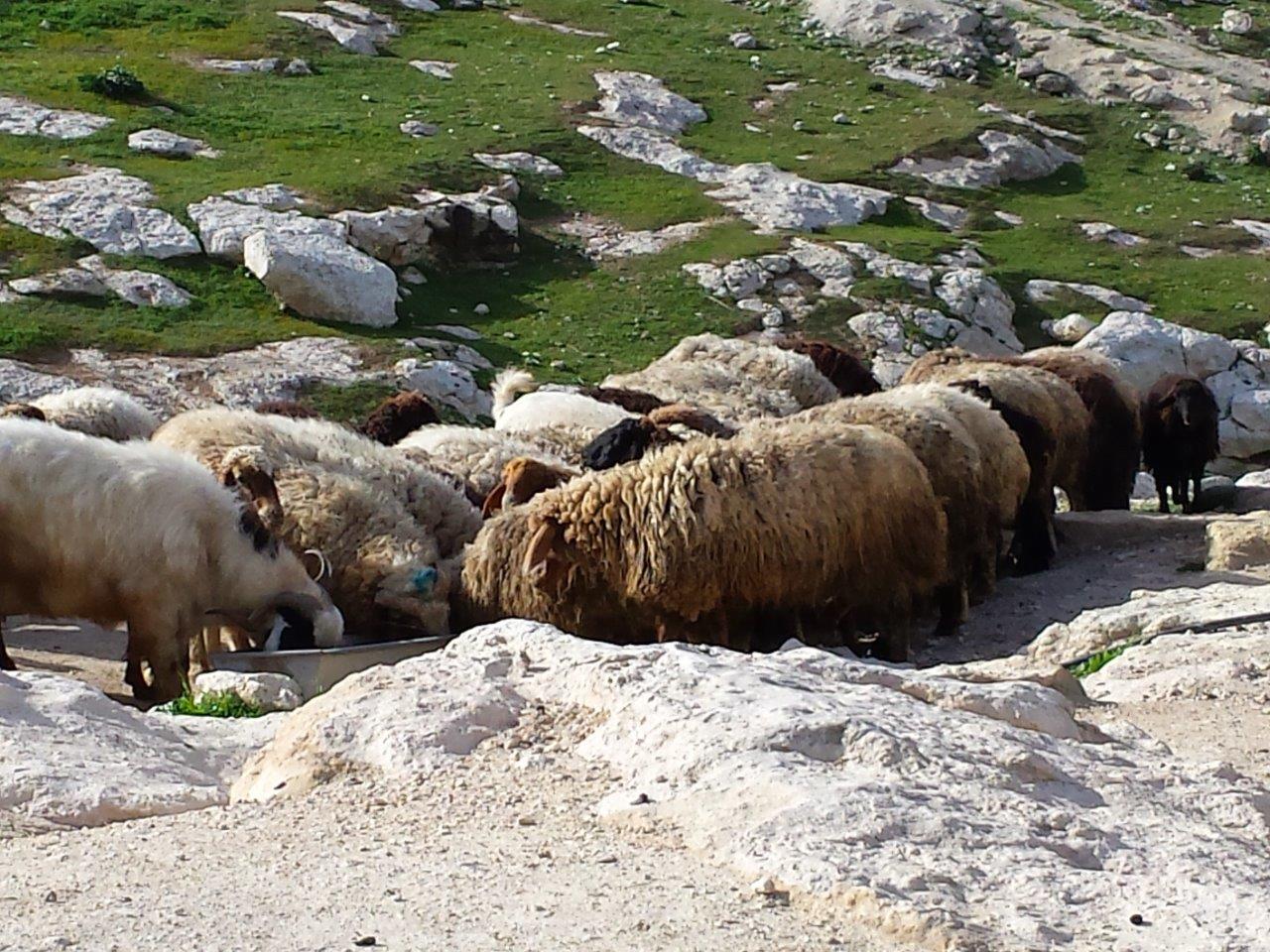
Culture, large groups and social identity
Communities, societies, and nations are large groups. Pertaining to one or more of these large groups, which tend to have common values, provides us a “social identity”. Large groups and culture are intertwined, and thus culture is essential in crystallizing our social identity. Culture has been defined in many ways, but I will use the term throughout this study as “the rich complex of meanings, beliefs, practices, symbols, norms, and values prevalent among people in a society” (Schwartz & Bardi, 2001, p. 138). The effect of culture on our identity is mostly an unconscious process, since culture tends to be taken for granted. Like much of the impetus to our personal actions is unconscious, also what drives large or cultural groups remains mostly unconscious. Consequently, large groups are viewed as driven by a social unconscious (Weinberg, 2003). In the social unconscious of large groups, there are anxieties and defenses against these anxieties. It was suggested that in the interactions of large groups, ‘otherness’ is powerful and that “we can enjoy human diversity when we are not preoccupied with the pressures and anxieties associated with the repair and maintenance of our large-group identity” (Volkan, 2009; p. 4). Becoming more aware of these unconscious processes in the large group was suggested as enhancing the development of the individual on a personal as well as on interpersonal and social levels (Weinberg & Weishut, 2011).
Cultural diversity
Ecologies shape cultures and cultures influence the development of personalities, so that there are both universal and culture-specific aspects in variation of personality (Triandis & Suh, 2002). Furthermore, human development as a whole may be seen as a cultural process, and humans could be defined in terms of their cultural participation (Rogoff, 2003). Nevertheless, cultural participation is rather difficult to analyze. We may participate in a variety of cultures, in our own society or country, and even more if we travel abroad and immerse ourselves in other cultures. We also may incorporate in our identity aspects of one or more cultures or try to keep certain cultures as far away as possible. Moreover, cultural communities are dynamic; they change across generations. This is because individuals who participate in the cultural lives of their communities, both maintain and create new cultural ways (Rogoff, 2003). At the core of a culture are its values. Around these values practices are built, which manifest themselves in rituals, heroes and symbols. Values are the most stable over time, while symbols are the most flexible. In our encounters with another culture we are inclined to learn its practices, but typically do not gain knowledge of its values (Hofstede, 2001). Actually, we may learn about a culture’s values through its practices although they may be less immediately accessible.



